
National Insurance, Dividend Tax, and the Health and Social Care Levy
Update as of 17th October 2022
On 23rd September 2022 the government announced plans to reverse the increase to National Insurance to previous levels, taking effect from 6th November 2022. The planned introduction of a separate Health and Social Care Levy from April 2023 will also be scrapped.
This means that the additional 1.25% on National Insurance rates will no longer apply.
The original increase also affected dividend tax rates. A further statement made by Jeremy Hunt on 17th October 2022 confirmed that the increased rate of dividend tax would not be reversed.
Class 1 (Primary) National Insurance – Employees
| 2022/23 Weekly Threshold |
2022/23 Annual Threshold |
2021/22 Weekly Threshold |
2021/22 Annual Threshold |
|
| Lower Earnings Limit (LEL): Employees earning less than this limit won’t incur NI, but they also won’t accrue NI benefits such as qualifying payments towards their State Pension. | £123 | £6,396 | £120 | £6,240 |
| Primary Threshold: This is the point at which employees start paying NI on any earnings above the threshold. Earning below this, but above the Lower Earnings Limit still doesn’t incur NI, but employees will earn NI ‘credits’, and accrue NI benefits.
In 2022/23 the National Insurance Primary Threshold will increase during the tax year. |
6th April 2022 – 5th July 2022 £190 |
6th April 2022 – 5th July 2022 £9,880 |
£184 | £9,568 |
| 6th July 2022 onwards £241.73 |
6th July 2022 onwards £12,570 |
|||
Upper Earnings Limit (UEL): Earnings above the Primary Threshold up to (and including) the Upper Earnings Limit incur NI at the following rates:
|
£967 | £50,270 | £967 | £50,270 |
Earnings above the Upper Earnings Limit: incur NI at:
|
£968 and above | £50,271 and above | £968 and above | £50,271 and above |
Class 1 (Secondary) National Insurance – Employers
As an employer you’ll need to deduct your employees’ contributions, and pay them to HMRC alongside your contributions as their employer.
| 2022/23 Weekly Threshold |
2022/23 Annual Threshold |
2021/22 Weekly Threshold |
2021/22 Annual Threshold |
|
Secondary Threshold: On salary payments above this threshold employers pay NICs at a rate of:
|
£175 | £9,100 | £170 | £8,840 |
Class 4 National Insurance – Self-Employed People
The Health and Social Care Levy would also have affected Class 4 National Insurance, which is paid by self-employed workers. It wouldn’t have affected Class 2 NI, or voluntary Class 3 contributions. You can read more about National Insurance rates and thresholds in our UK tax rates article.
| 2022/23 Annual Threshold |
2021/22 Annual Threshold |
|
| You won’t pay NI on profits you make from self-employment, but you can make voluntary contributions to fill any gaps in your NI record. | £0 – £6,724 No contributions to pay, but you will earn NI credits |
£0 – £6,514 |
| Small Profits Threshold (SPT): From April 2022 you will no longer pay Class 2 NI on any self-employed profits you earn between this and the Lower Profits Limit (LPL), but you will continue to build up National Insurance credits. | £6,725
No contributions |
£6,515
£3.05 per week |
| Lower Profits Limit (LPL): From April 2022 this is the point at which you’ll start paying both Class 2 and Class 4 NI.
The threshold changed in July 2022, so this year uses an ‘annualised’ amount. |
£11,908
Class 2 NI: £3.15 per week |
£9,568
Pay Class 4 NI at a rate of 9% |
| Upper Profits Limit (UPL): The profits you make from self-employment incur Class 4 NI at a slightly different rate above this threshold. | £50,270
Class 4 NI at 3.25% |
£50,270
Class 4 NI at 2% |
What the changes mean for dividend tax
The government announced in the September 2022 mini-budget that scrapping the levy would also mean dividend tax rates would return to their previous levels as of April 2023. A subsequent statement made by Jeremy Hunt on 17th October confirmed that this reduction would not go ahead. Dividend tax rates will stay at this year’s level.
Learn more about our online accounting services, or get an instant quote online.
Want to learn more?
Subscribe to our newsletter to get accounting tips like this right to your inbox

Read more posts...

Limited Liability Partnerships: Setting up and running an LLP
30th October 2025Limited Liability Partnerships (LLPs) are a way of setting up a formal business partnership whilst limiting the liability of the partners, rather…
Read More
October 2025 Client of the Month: Gymlab
27th October 2025This month we spoke to Francesca, director of Gymlab. Gymlab Hey Francesca! Tell us about your business We offer gymnastics classes and…
Read More
UK Tax Rates, Thresholds and Allowances for the Self-Employed
25th October 2025Read our guide to UK tax rates and thresholds for sole traders, limited companies, partners and partnerships, employers, and other businesses. Paying…
Read MoreConfirm Transactions
The number of monthly transactions you have entered based on your turnover seem high. A transaction is one bookkeeping entry such as a sale, purchase, payment or receipt. Are you sure this is correct?
Please contact our sales team if you’re unsure
VAT Returns
It is unlikely you will need this service, unless you are voluntarily registered for VAT.
Are you sure this is correct?
Call us on 020 3355 4047 if you’re not sure.
Bookkeeping
You will receive our bookkeeping software Pandle for free, as part of your package.
You can use this to complete your own bookkeeping, or we can provide a quote to complete your bookkeeping for you.
Please select and option below:
Call us on 020 3355 4047 if you’re not sure.


these guides are SO useful thanks for taking the time to do this